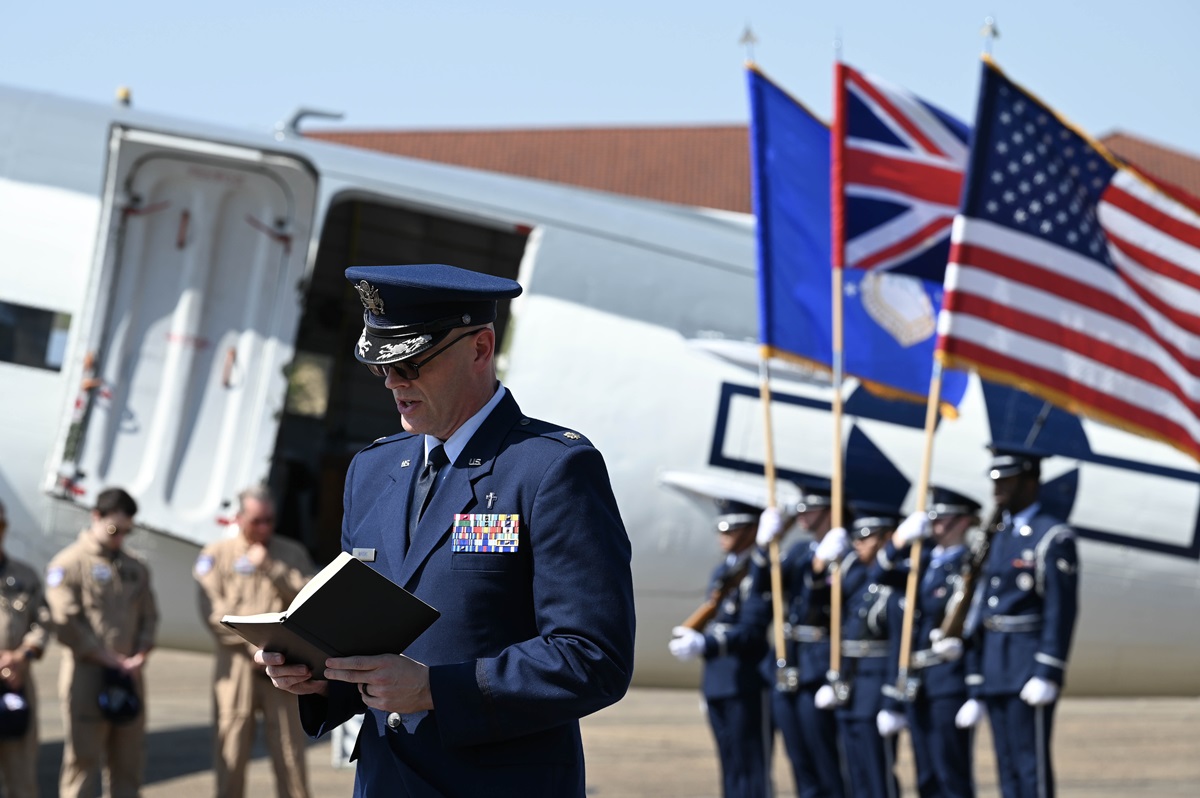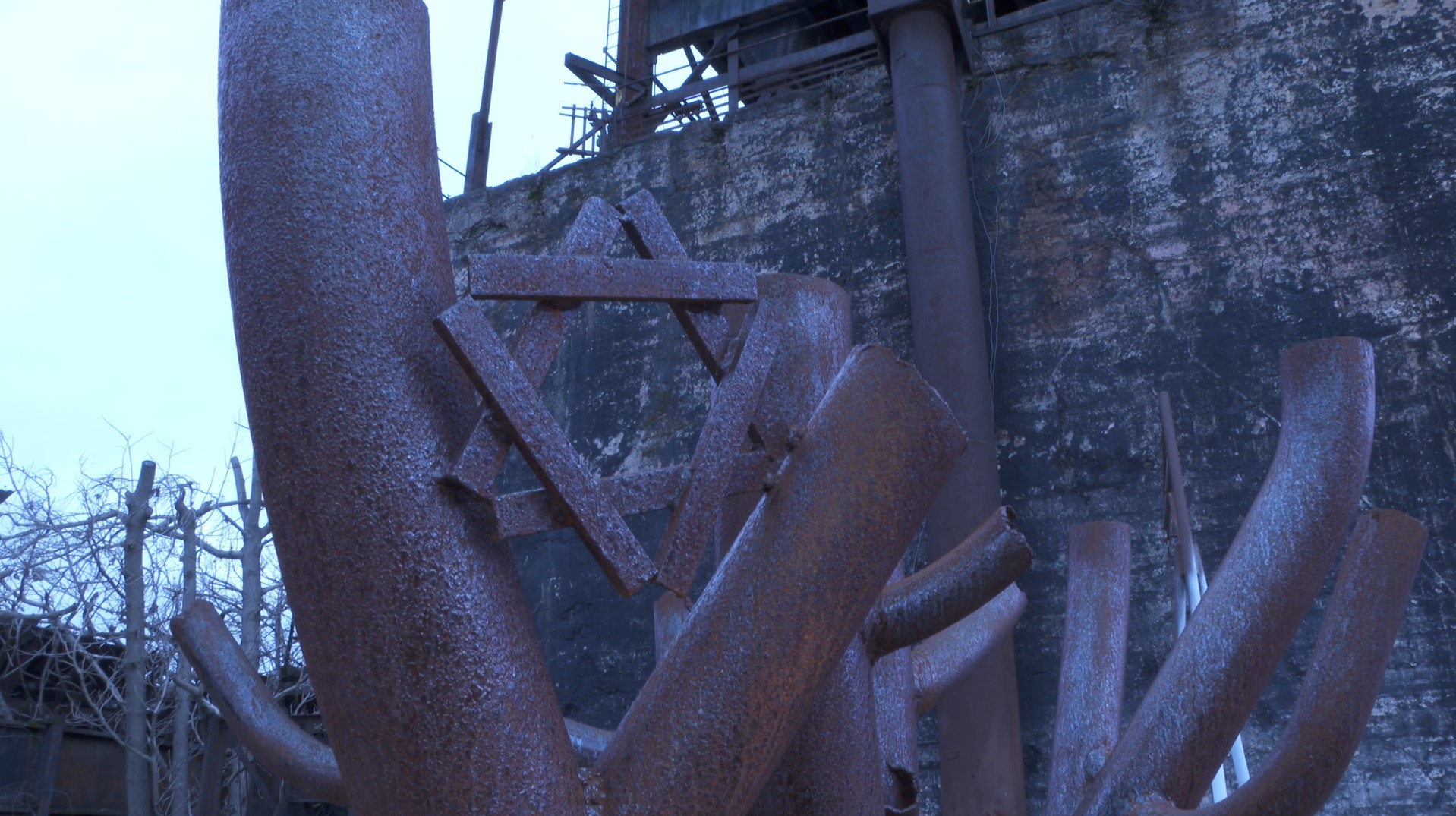New offshore reef site to open soon for fishing, recreation, through Alabama’s Rigs to Reefs program

Off goes the platform of the Neptune VK826 oil rig on July 24. (Outdoor Alabama / Chevron North America Exploration and Production)
A section of the decommissioned Neptune VK826 oil rig, located approximately 60 nautical miles off Alabama’s coast, will soon become part of the state’s artificial reef system, thanks to an agreement between the structure’s owner, Noble Energy Inc. and the Alabama Department of Conservation and Natural Resources (ADCNR).
The new reef site is being made available through the state’s Rigs to Reefs program, which allows ADCNR to repurpose decommissioned oil and gas rigs as artificial reefs that support a wide variety of marine life including many species targeted by anglers. Noble Energy is owned by Chevron.
In addition to donating the decommissioned rigs, the oil and gas companies are required to donate to the Alabama Seafoods Fund to support research, monitoring, habitat restoration and management of Alabama’s marine resources.
“The Rigs to Reefs program allows us to keep these structures in the water to continue serving as productive habitat instead of being recycled onshore,” said Chris Blankenship, ADCNR commissioner. “These structures are often called ‘islands of life’ because they support everything from coral to pelagic fish and sea turtles. We are excited to make this new reef site available to anglers in the coming weeks.”

The spar section of the rig will soon become part of Alabama’s artificial reef system. (Outdoor Alabama)
The rig’s platform was removed July 24 and the massive spar section (705 feet by 72 feet) will be towed from its current location and sunk at a depth of 700 feet approximately 55 nautical miles south of Mobile Bay. The operation is expected to be completed this month. Anglers can expect to have access to the new reef site in late August or early September.
“Anglers will be able to visit the site when we publish the coordinates a few weeks from now,” said Craig Newton, artificial reef coordinator for ADCNR’s Marine Resources Division. “Before publishing the coordinates we need to review the completion report from the contractors and confirm the resting location of the spar. This typically takes a few weeks from the time the structure hits the bottom.”
Known along Alabama’s Gulf Coast as the “Beer Can Rig,” the structure has provided important marine habitat for many species since going into service in the late 1990s. The durability of the spar structure will continue to support a stable offshore ecosystem and provide generations of anglers with access to quality outdoor recreation.

Alabama Power equipment gets sunk deep in the Gulf to support habitat and recreation. (Fusion Point Media / Alabama News Center)
Alabama Power has been a partner with ADCNR, the Alabama Wildlife Federation and Mobile-based Cooper Group (formerly Cooper/T.Smith) in supporting the artificial reef program. The company has worked with the partners to sink retired boilers and other plant equipment in the Gulf of Mexico to expand and enhance fish habitat.
To learn more about Alabama’s artificial reef program, click here.
A version of this story originally appeared on the ADCNR website outdooralabama.com.





